How to clean vape pen without alcohol?
Vape pens require regular maintenance to avoid issues like clogged airflow, diminished flavor, and poor vapor production. Residue buildup—whether from cannabis oils or other concentrates—can impair performance and, over time, may even damage delicate components. Many users choose alcohol-free cleaning methods either because they wish to avoid the harsh solvents in isopropyl alcohol or because they simply can’t find it readily available. In addition, alcohol-free methods can be less aggressive on certain plastic components that might discolor or degrade when exposed to high concentrations of alcohol. Using natural, non-IPA cleaning solutions can keep your device working smoothly while preserving the intended flavor of your vapor.
Alternative Cleaning Methods: The Essentials
There are several alternatives to isopropyl alcohol that have been discussed by vaping communities and experts. Here are three popular options:
Warm Soapy Water
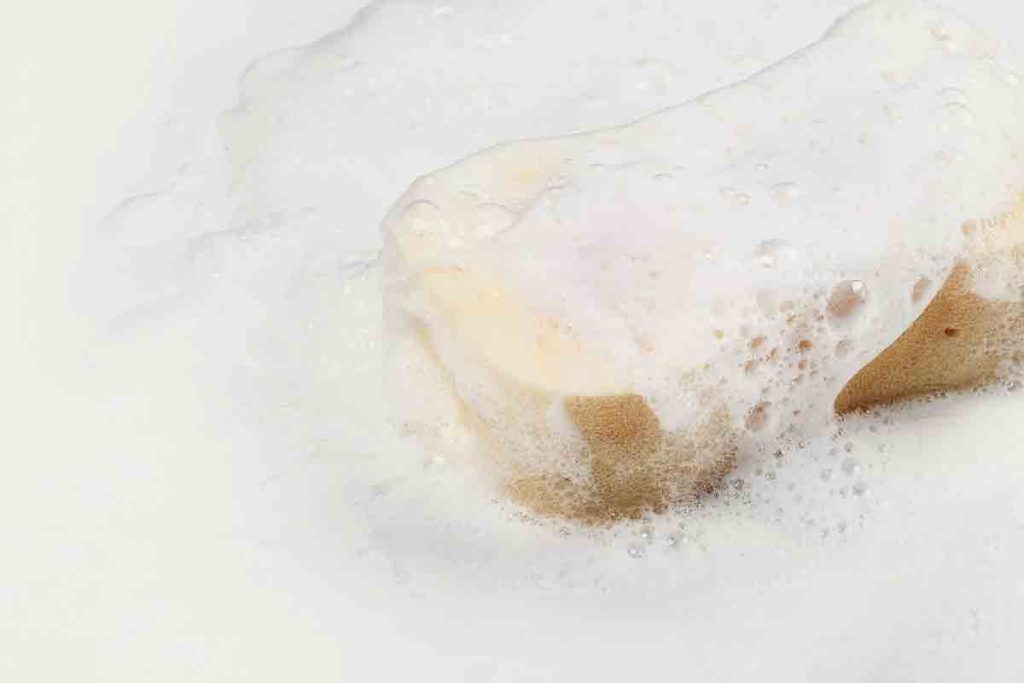
A gentle mixture of warm water and a few drops of mild dish soap is one of the simplest ways to clean your vape pen. This method works well for exterior surfaces and parts that can be safely rinsed without compromising electronics. Simply soak removable parts briefly, use a soft-bristled brush or cotton swabs to gently scrub away residue, and then rinse thoroughly.
Vinegar or Lemon Juice Solutions
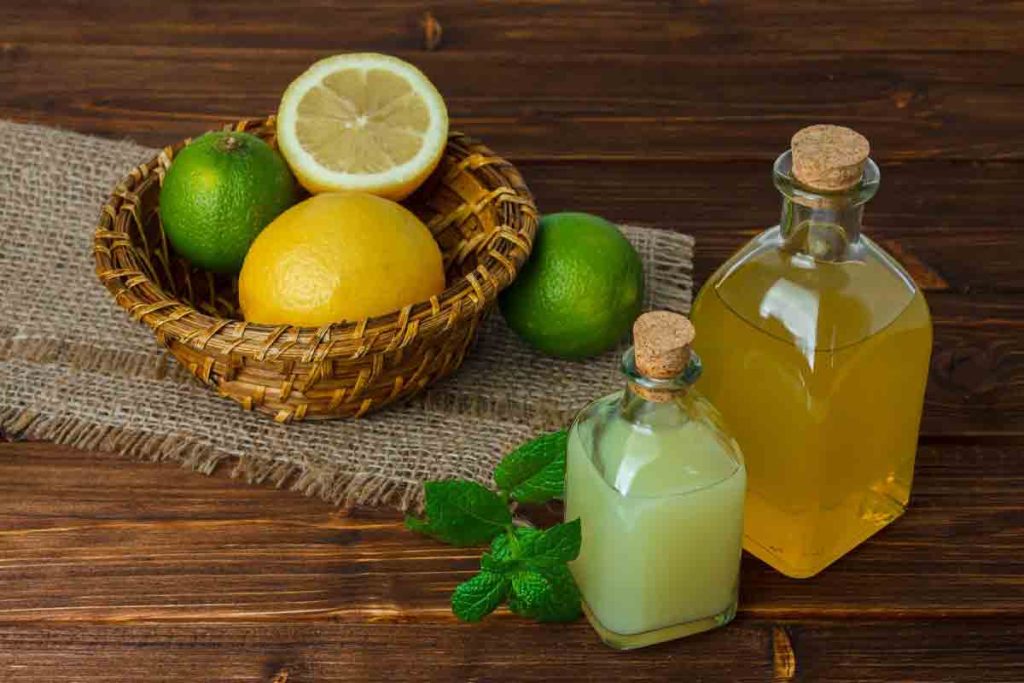
A diluted solution of white vinegar or lemon juice mixed with water can be an effective, natural degreaser. Vinegar’s acidity helps break down sticky residues, while lemon juice offers a fresh scent and natural antibacterial properties. Be sure to rinse thoroughly afterward to remove any lingering taste. This method is especially popular among eco-conscious users seeking an organic vape cleaning solution.
Coconut Oil Method
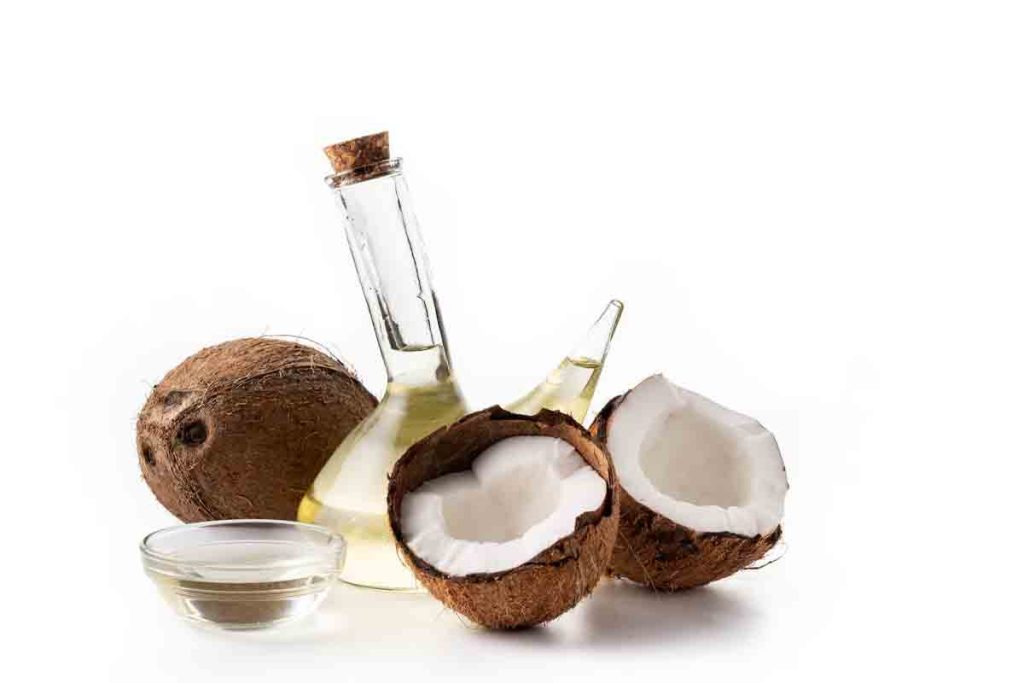
For particularly stubborn, sticky buildup, some users have had success by using a small amount of coconut oil. By warming up your vape pen (or the affected part) and applying a dab of coconut oil, the natural fats help loosen the residue, making it easier to remove with gentle scrubbing using Q-tips or soft brushes. One Reddit user from r/vaporents suggested soaking in hot coconut oil before cleaning with Q-tips as an effective alternative when alcohol isn’t available.
Each method has its pros and cons, so choosing the right alternative depends on your device’s materials and your personal cleaning preferences.
Tools and Materials for Alcohol-Free Cleaning
Before you begin, gather these essential supplies:
- Warm Water and Mild Dish Soap: This is a basic cleaning solution.
- White Vinegar or Lemon Juice: To create a diluted cleaning solution.
- Coconut Oil: For loosening stubborn residue.
- Soft-Bristled Brush or Toothbrush: To gently scrub small parts.
- Cotton Swabs/Q-tips: Ideal for cleaning narrow areas like the mouthpiece and threading.
- Paper Towels or Lint-Free Cloths: For drying and wiping surfaces.
- Small Bowls or Containers: For soaking components.
- Safety Pin or Small Tool: To unclog airflow holes if needed.
These supplies help ensure a thorough clean without resorting to harsh chemicals while keeping your vape pen safe and effective.
Step-by-Step Guide: How to Clean Your Vape Pen Without Alcohol
Follow these detailed steps for an alcohol-free cleaning routine that ensures every component of your vape pen is free of residue.
1. Disassemble Your Vape Pen
Begin by turning off your device and carefully taking apart all components. Remove the cartridge, mouthpiece, battery, and any additional parts (such as magnetic adapters). Always consult your user manual first to avoid damaging any part. A complete disassembly is crucial because it exposes all the hidden areas where buildup can occur.
2. Clean the Main Components
a. Cartridge and Mouthpiece
- Soak and Scrub:
Prepare a cleaning solution by mixing warm water with a few drops of mild dish soap or diluting white vinegar/lemon juice in water. Submerge the mouthpiece and, if possible, the cartridge (provided the cartridge isn’t a sealed, non-removable unit) in this solution for 10–15 minutes. - Scrub Gently:
Use a soft-bristled brush or a cotton swab dipped in the solution to gently scrub away residue. For particularly stubborn buildup, apply a tiny dab of coconut oil to the residue, allow it to sit for a few minutes to soften the gunk, and then re-scrub. - Rinse Thoroughly:
Rinse each part under warm running water. Make sure no cleaning solution remains, as leftover vinegar or soap can affect the taste of your vapor.
b. Coils and Airflow Pathways
- Brush and Rinse:
Most vape coils are delicate; soaking them might not be advisable if they are non-removable. Instead, use a gentle toothbrush or pipe cleaner dipped in your cleaning solution to remove any buildup from the coil and wick areas. Avoid using too much liquid, and be careful not to saturate the wick. - Final Rinse:
Rinse the coil under warm water briefly. Since coils can be prone to oxidation, do not leave them wet for an extended period.
c. Battery and External Parts
- Wipe Down:
Use a damp cloth or cotton swab dipped in warm soapy water to wipe down the exterior of the battery and other non-submersible components. Never immerse your battery or any electronic parts in water. - Clean Threading:
Use a dry cotton swab to clean the threading where the cartridge screws into the device. This helps maintain a secure connection and optimal airflow.
3. Rinse and Dry
After scrubbing, thoroughly rinse all parts with warm water to ensure no cleaning solution remains. Then, use paper towels or a lint-free cloth to gently dry each component. Allow the parts to air dry completely before reassembling the device. A complete dry is crucial to prevent any residual cleaning agents from affecting vapor flavor or damaging internal components.
4. Reassemble and Test
Once all components are dry, carefully reassemble your vape pen. Turn it on and take a gentle test puff to confirm that the device is functioning correctly and that no cleaning agent residue affects the taste. This step ensures that your alcohol-free cleaning routine has successfully restored your vape pen’s performance.
Maintenance and Storage Tips for a Healthy Vape Pen
Maintaining your vape pen between deep cleans can prevent stubborn residue buildup and prolong the life of your device:
- Routine Wiping:
After each use, wipe the exterior and mouthpiece with a dry microfiber cloth or cotton swab to remove surface residue. - Regular Deep Cleaning:
Depending on usage, perform a deep clean weekly for heavy users or monthly for lighter users. - Proper Storage:
Store your vape pen in a cool, dry place away from direct sunlight. Keep the cartridge upright to prevent leaks. - Avoid Cross-Contamination:
If you switch between different flavors or concentrate types, clean your device thoroughly between sessions to maintain flavor purity. - Inspect for Damage:
Regularly check the coils, mouthpiece, and battery contacts for signs of wear or damage. Replace components when necessary to ensure continued performance.
Following these best practices will help keep your vape pen in excellent condition without relying on harsh solvents like isopropyl alcohol.
Frequently Asked Questions
Can I really clean my vape pen without alcohol?
Yes. Many users successfully clean their vape pens using alternative methods such as warm water with dish soap, diluted vinegar, or lemon juice solutions. These methods effectively remove residue without the harsh effects of alcohol.
What is the best alternative to isopropyl alcohol for cleaning vape parts?
For many, a diluted solution of vinegar or lemon juice in warm water is ideal. In cases of extremely stubborn residue, a small amount of coconut oil can be used to loosen buildup before scrubbing with a soft brush. These options provide effective cleaning while being gentle on sensitive components.
Will these cleaning methods affect the taste of my vapor?
If you rinse all parts thoroughly and allow them to dry completely, there should be no residual flavor affecting your vape. Proper rinsing is critical to ensure that no soap, vinegar, or oil remains.
How often should I clean my vape pen without alcohol?
Heavy, daily users should clean their devices at least once a week. Occasional users may find that monthly cleaning is sufficient. Signs that a clean is needed include reduced airflow, off flavors, or diminished vapor production.
Conclusion
Cleaning your vape pen without alcohol is a safe, effective, and eco-friendly way to maintain your device’s performance and longevity. By disassembling your pen, using gentle cleaning solutions like warm soapy water, vinegar, lemon juice, or coconut oil, and following a regular maintenance schedule, you ensure that every hit is as smooth and flavorful as possible. Remember that thorough rinsing and complete drying are critical steps to prevent unwanted residue or taste alterations. Embrace these alternative methods for a cleaner, healthier vaping experience.
By following these steps and tips, you can confidently maintain your vape pen without alcohol—ensuring optimal performance, safe operation, and the best possible flavor every time you vape.


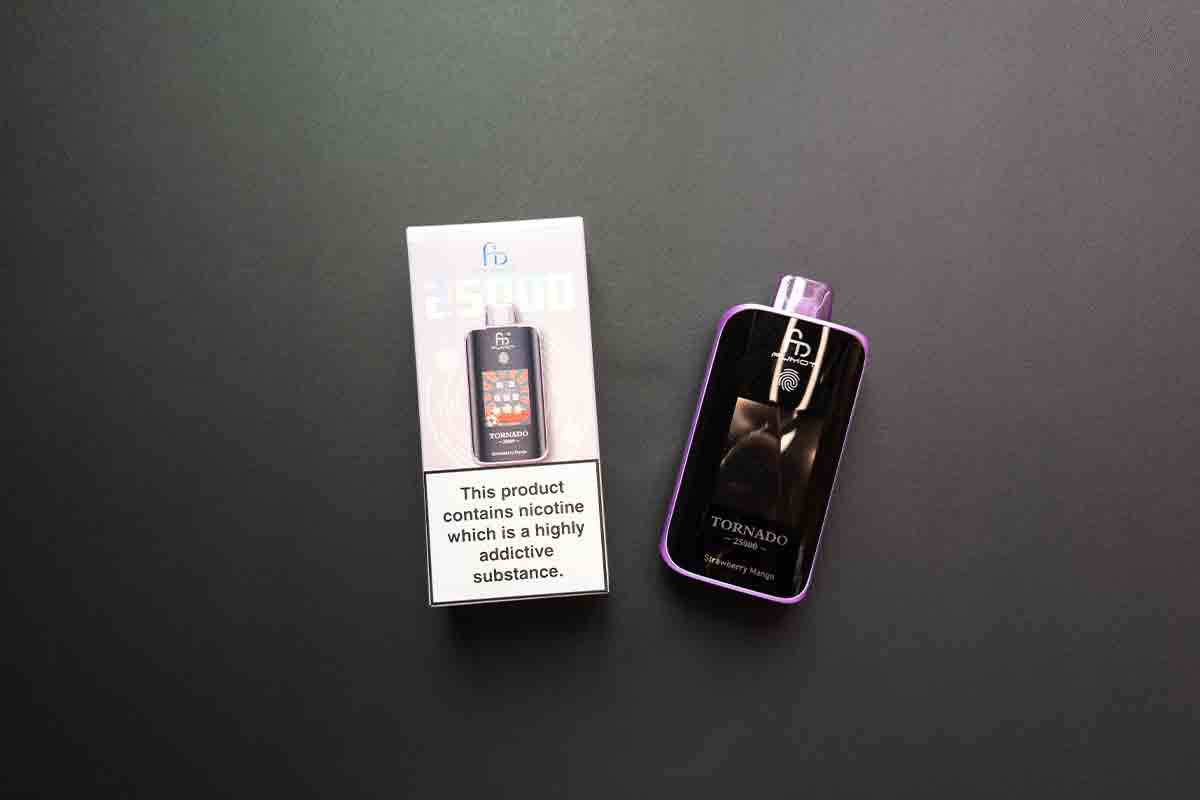

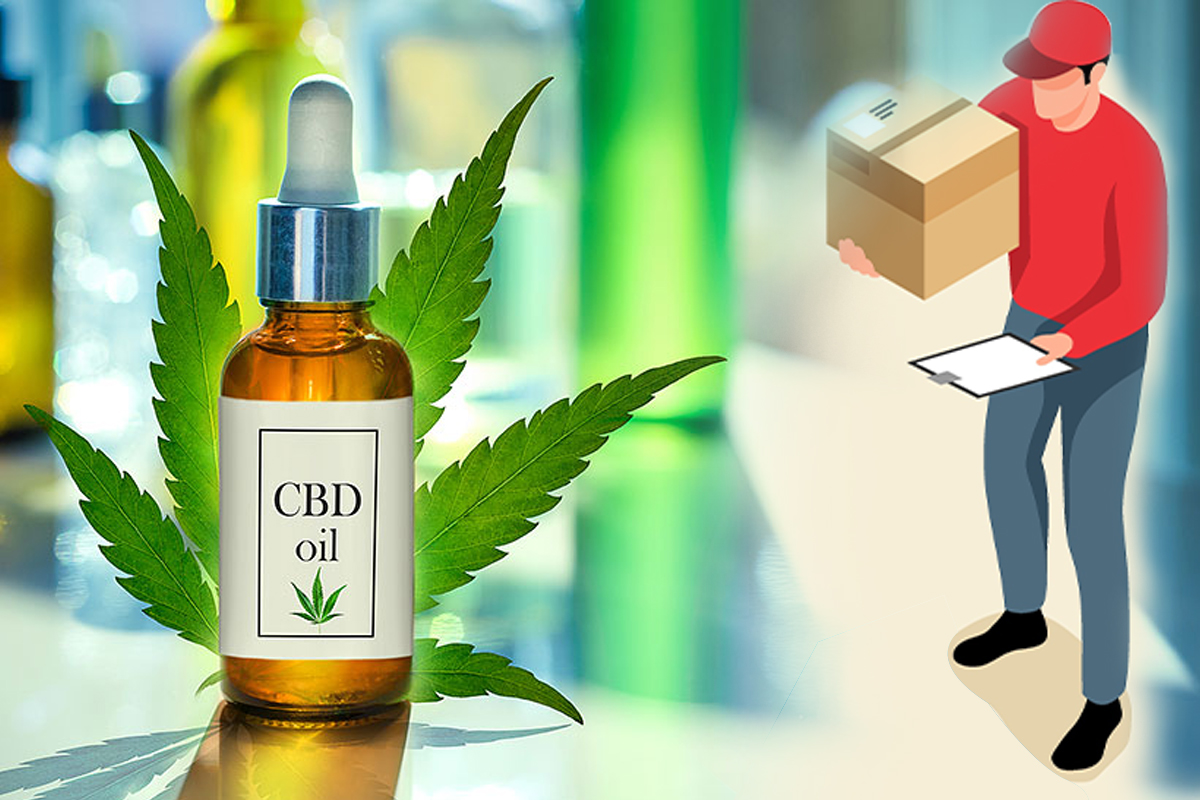
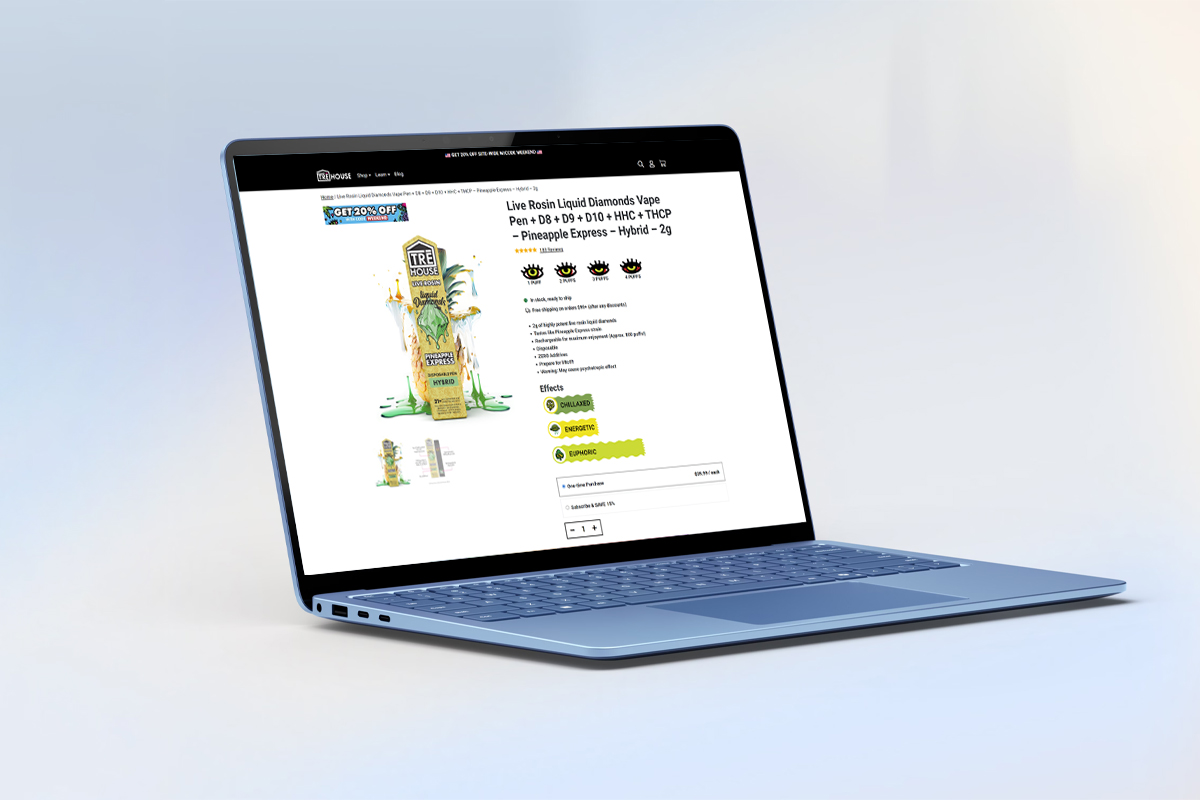
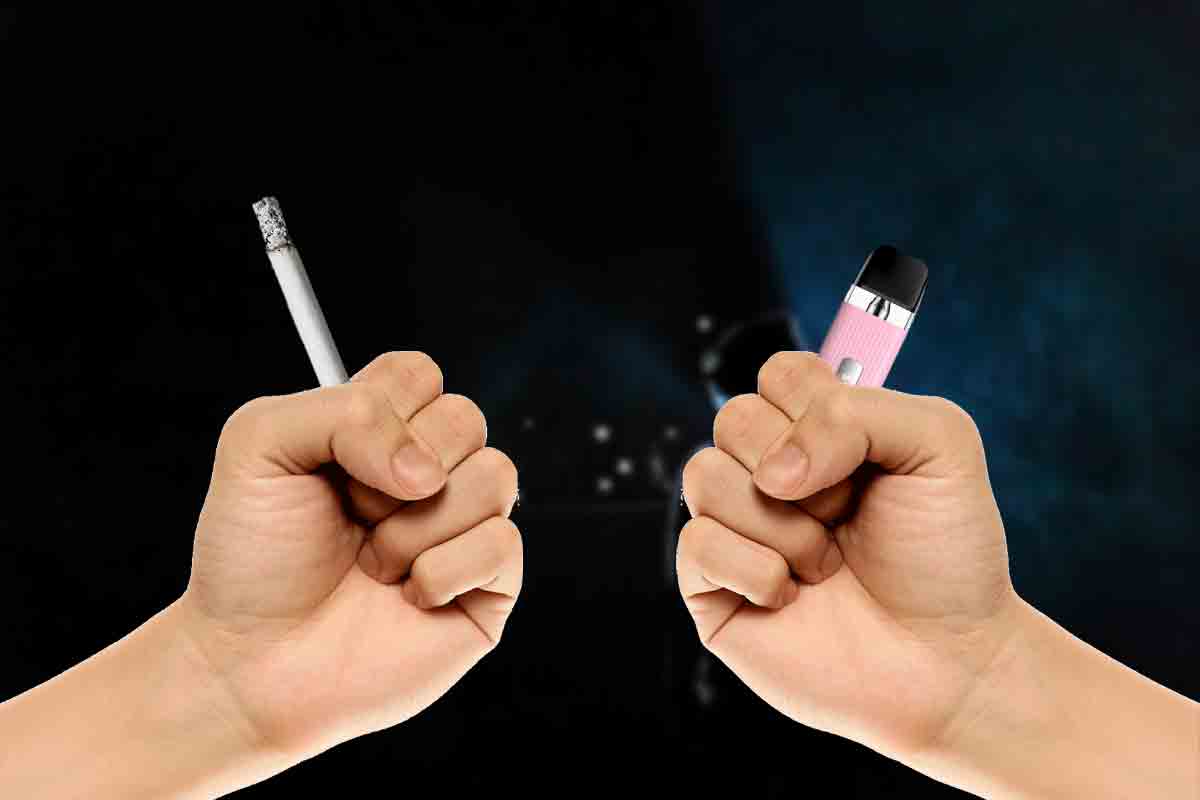
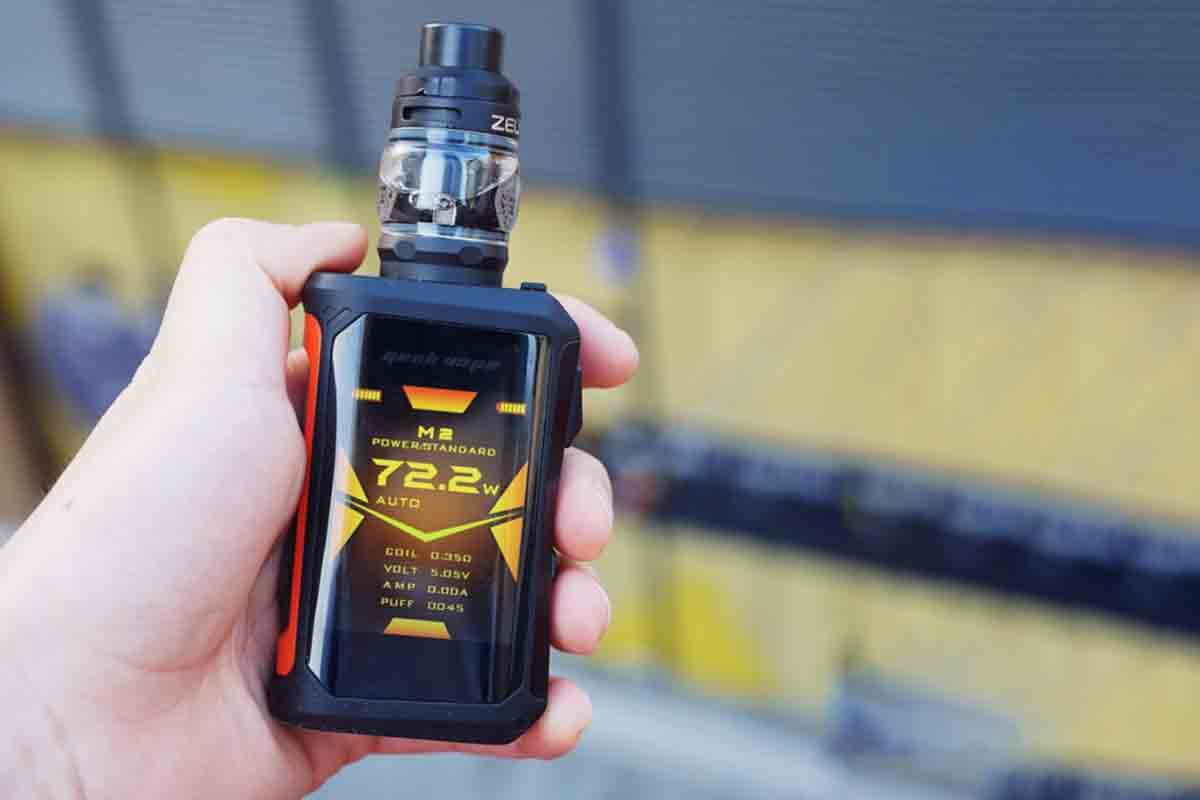

[…] Each part may require a slightly different cleaning method. For example, while the cartridge may tolerate a gentle soak in warm soapy water or a vinegar solution, the battery should never be immersed. Always consult your device’s manual for specific cleaning recommendations. […]